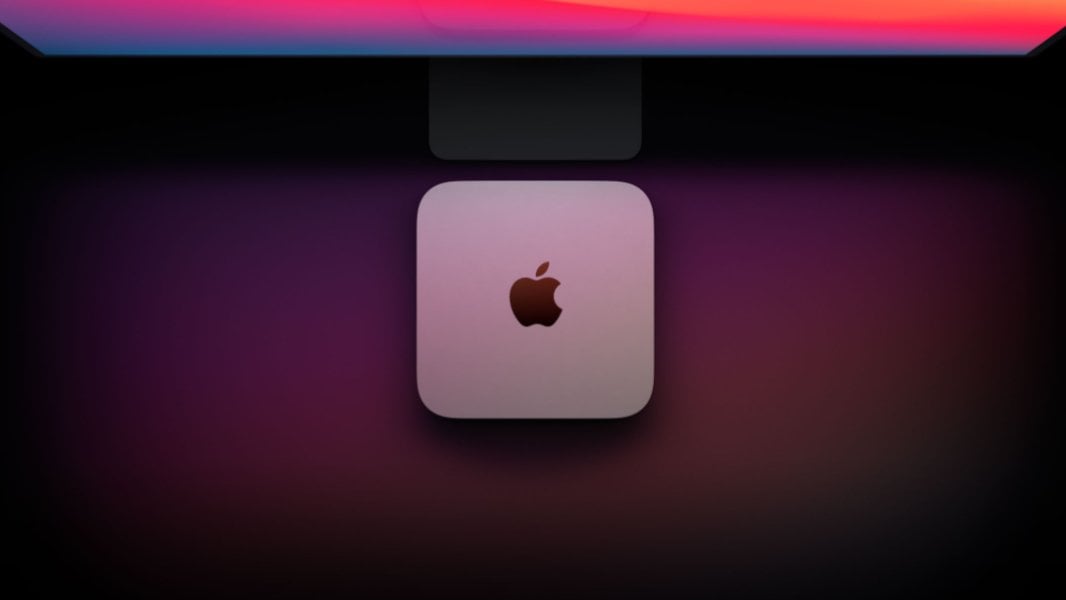
Obviously, I’ve wanted to evaluate a new Mac based on Apple Silicon since they were first announced in early November. But Apple initially didn’t offer trade-ins on the only Mac I owned, an early-2020 Intel-based MacBook Air, and I was going to need that money to make the purchase. And so I kept checking back until, finally, in early December, Apple’s site suddenly accepted my Mac on trade.
I’ve done this sort of trade-in a lot in the past, and it’s always gone well. But this time, all kinds of things went wrong. For starters, even though I entered my Mac’s serial number on the site, it correctly reported which model of MacBook Air I had. But though I was quoted $620 on trade-in, when it was evaluated by Phobio, the Apple partner that handles trade-ins, I was offered $570 because it was supposedly a different kind of MacBook Air. It’s not, and what Phobio is doing amounts to fraud. But rather than go through waiting yet again to get my Mac back and then figure out a different way to trade it in, I accepted the $50 decrement.
But the bigger issue, to me, really, was the sheer amount of time the whole process took. I sent the MacBook Air to Phobio on December 4, and they reported back that it had arrived on December 11. On December 16, I was told that the trade-in value had changed, and I accepted the change immediately. On December 19, I was told that an “Apple gift card in the amount of $570.00 will be emailed to [me] in the next 3 to 5 days.” And today, December 22—almost three weeks after I sent in my trade—I was finally emailed the gift card. There’s no reason, and no excuse, for this to take so long. Again, I feel that this company is engaged in fraud, and why Apple doesn’t handle trade-ins internally or at least with a trustworthy company is beyond me.
And the waiting will continue: The Mac Mini isn’t expected to arrive until January 14, so it will take me well over a month from trade-in to the arrival of the new Mac.
Anyway.
While waiting to be able to trade-in my MacBook Air, I of course had spent a lot of time thinking about which M1-based Mac to get. And as you know, there are three choices, each with very similar innards: A MacBook Air ($999 and up), an entry-level MacBook Pro ($1299 and up), and a Mac Mini ($699 and up). Each features an M1 chip with an 8-core CPU and 8-core GPU, 8 or 16 GB of integrated RAM, 256 GB or more of integrated solid-state storage, and 2 Thunderbolt 3 ports. (Actually, the MacBook Air curiously only has a 7-core GPU, but whatever.) The MacBook Air is air-cooled, meaning there are no fans, while the MacBook Pro and Mac Mini both have fans, and sustain processor-intensive workloads longer than the Air.
Which to choose? I’ve owned one or more of each of these Mac models over the years. The MacBook Air has, for whatever reason, been the most common model I’ve purchased, but I’ve owned at least three Mac Minis, including an original version based on a Power PC chip. I think I’ve only owned one MacBook Pro, not counting the 15-inch model I bought and returned last year, but I could be wrong. There have been so many.
The appeal of a portable Mac is obvious. But the reality is that I rarely if ever travel with a Mac, and when I think about the limited ways in which I use Macs, getting a Mac Mini seemed to make the most sense. Plus, this Mac is significantly less expensive than the other two, which is a win.
Since storage matters little to me—256 GB is just fine—the only real question was the RAM. As noted above, the base version comes with 8 GB of RAM, but you can upgrade to 16 GB for $200. And you must do so at purchase time because the RAM is integrated into the M1 chip, and it’s not upgradeable later.
Given what I’ve read about the new M1-based Macs and my own history with these devices, I feel like 8 GB would suffice for day-to-day productivity work. (If anything, macOS is more efficient in this regard than Windows.) But I also want to test Windows in virtualization when that becomes available via Parallels, and virtualization works better with more RAM. So I opted to go with 16 GB, even though this will make some future comparisons with modern Windows 10 on ARM-based PCs a bit difficult. (Most of those PCs come with only 8 GB of RAM.)
The total cost, before taxes and so forth, was $899. So I paid about $350 out of pocket, after taxes, etc., to get the Mac Mini. Pretty much exactly what I had in the PayPal account I use for device purchases.
I’m looking forward to testing an M1-based system and comparing it both to my previous Mac experiences and to Windows 10 on ARM. But it’s going to be a while.
